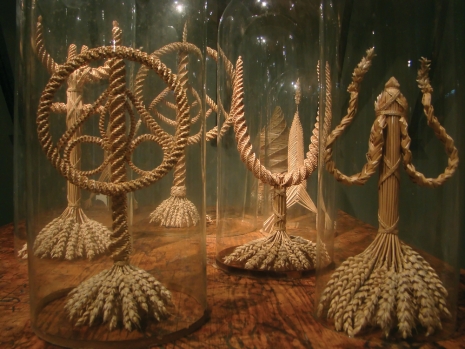
Photo of Shirley Collins by Toby Amies
This is a guest post by London-based artist and filmmaker Nick Abrahams
“She burns as passionately and beautifully as ever, a fountain of snow and flame, a queen singing over a dreaming land. For me, and for many others, she is the Secret, and True, Queen of England”—David Tibet, Current 93
“Shirley Collins is a truly amazing figure. She… is the very spirit of folk music, and has always been in a kind of awkward relationship with it, as the kind of music that Shirley has always espoused is the oldest, truest, perhaps darkest form of folk music, with all of these fantastic dissonances, all this bloody and tragic history distilled into every verse…’—Alan Moore
While making “Ekki múkk,” a film for Icelandic rockers Sigur Rós, I was looking for someone to play a kindly snail, and when David Tibet of Current 93 suggested Shirley Collins. I thought she would be perfect, and she was. Shirley is a legend within folk circles, and I have loved her channeling of an English folk tradition from the moment I first heard her Anthems in Eden many years ago.
In November, Domino Records are releasing her first recording for 38 years, Lodestar, and I was pleased as punch when Shirley asked if I would make a film to accompany the track “Death and the Lady.” I was surprised as anyone, as at the time I had no idea she had been recording anything! This video in many ways is a companion piece to “Ekki Mukk,” sharing as they do themes of nature, life, death… the big themes!
“[The video]… captures the sinister quality of the song, the inevitability of Death coming to us all. The setting in the ossuary at Hythe is chilling, yet calm, almost tender; and the appearance of the hooden horses is so wonderfully strange and unsettling.”—Shirley Collins
The skull which contains a robin’s nest in it in the video was not a prop, it really is a feature of the ossuary—a robin really did once make its nest within that broken skull! The memory of this nest from some long ago holiday is what drew me back to film at St Leonard’s in Hythe in Kent. It seemed like such a unique location, a reminder of the constant coexistence of life and death. The song itself has Kentish roots, and the horseskull creatures are inspired by the Kentish tradition of the Hooden Horse, where a horse skull would traditionally be used in performing an ancient folk custom about death and resurrection—although these were later replaced by painted wooden horse heads, in order to be less scary.
_465_251_int.jpg)
And finally, artist Cathy Ward—who grew up nearby—had designed some amazing corn dollies, woven in the traditional manner, yet utterly modern, alien and mysterious, all at once.

The film is fairly elemental, using water, air, earth and especially fire as textures to layer over Shirley and the landscape. When visiting her to discus the video, I saw some old photographs of her taken by Alan Lomax, the seminal field collector of folk music, and she was kind enough to let me include these in the clip. They seemed to fit well with the themes of vanity and death, and added an extra level of poignancy, contrasting with the Shirley of today.
And if the end of the video seems to echo the famous “Dance of Death” at the end of Bergman’s The Seventh Seal, that’s because it turned out that both Shirley and I had independently thought about that scene when thinking about the song’s lyrics. I asked Shirley why she had not recorded for 38 years. She told that when she discovered her then-husband was having an affair, she “went through … a loss of confidence in my ability to sing well, leading on to dysphonia, where sometimes I couldn’t even make a sound.”
More after the jump…





